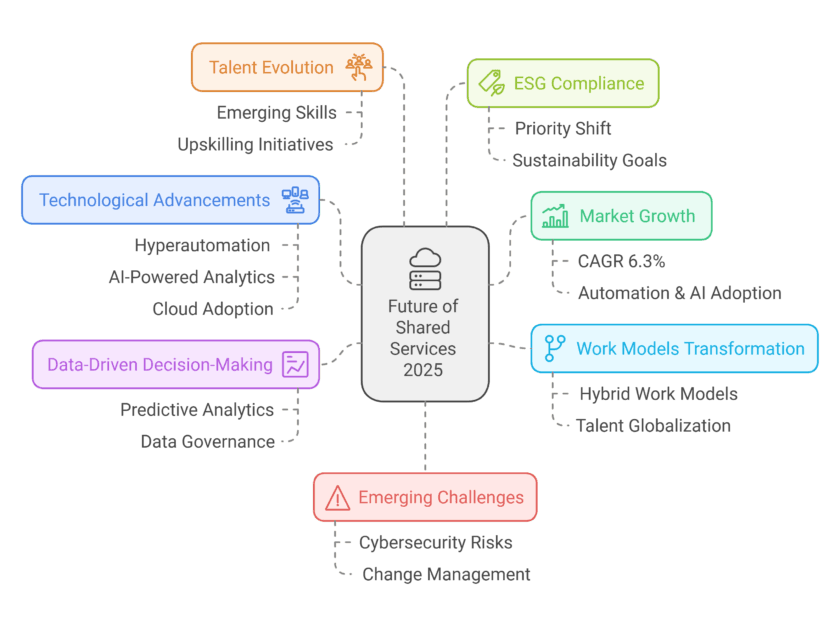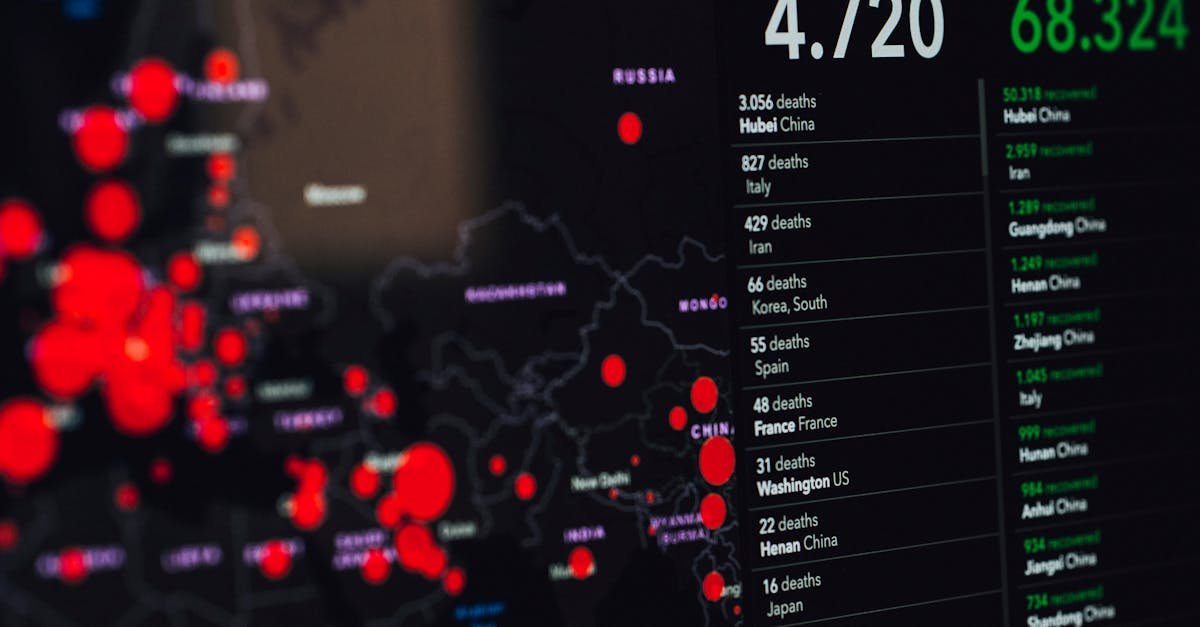Mastering Efficiency: The Distributed Cloud Edge for Managers
Ever tried juggling flaming swords? (Okay, don’t try that at home.) But you know that feeling of chaos? Yeah, managing teams can sometimes feel like that. And now, with this whole distributed cloud edge thing (sounds fancy, right?), it’s like adding even more swords to the mix. But wait, don’t panic! We’re diving into the delightful, dizzying world of efficiency, and I promise—no swords will be harmed in the making of this blog. The “What” and “Why” of Distributed Cloud Edge First off, let’s clear some fog. Distributed cloud edge—what’s that even? Sounds like tech jargon tossed together by wizards in a basement. In reality, it’s not quite Hogwarts, but a clever combo of cloud computing that’s spread out where it needs to be. You’ve got your data closer to where it’s used rather than hoarded in a distant server farm. This means processes can run faster, and, who doesn’t love that? Think of it as taking that old, slow delivery truck off the road and substituting it with speedy drones. (Drones, yes!) Wait, why should you care? Because in shared services—which let’s face it is like herding cats sometimes—you’re looking for process optimization, right? (Uh, yes please!) The distributed cloud edge can transform your approach, giving you that efficiency boost so necessary in today’s fast-paced environment. Suddenly, you’re not just managing; you’re strategically thriving. Efficiency, My Friend, Is King Picture this: Your team is stuck in a meeting about the meeting they just had. Raise your hand if you’ve been there (and if you did raise your hand, why are we not high-fiving yet?!). Here’s where technology steps in, like a superhero with a cape—or maybe more like a really useful toolkit. Distributed cloud edge empowers managers to cut the fluff. You can actually leverage process automation. Yeah, automation! Those repetitive tasks that suck the life out of creativity. If we could just tie up all those mundane paper trails and incomprehensible spreadsheets and toss them into the cloud’s ether, we’d all be better off. Think about it: Reduce manual overhead Streamline communication Speed up response time Pretty nifty, huh? Beyond the Cloud: A Human Touch Feeling overwhelmed yet? Calm down, take a breath! It’s important to remind ourselves that while tech simplifies things, at the end of the day, it’s the people that matter. Sure, you can have the flashiest tools, but if your folks aren’t engaged, what’s the point? (I mean, we’re not robots… yet.) So, as you embark on this journey through the distributed cloud edge—name-drop that in your next meeting and watch the nodding heads—it’s crucial to invest in your team. Nurture an environment where innovation flourishes (not just head-down productivity). Remember, it’s your people who will harness this technology. Tell them: “Hey, we’re in this together!” (Real talk here.) Challenges? Bring ‘Em On! Okay, let’s tackle the big hairy elephant. No journey is without bumps. Sure, some might raise concerns about data security or the complexity of migrating to a distributed architecture. But, here’s a little secret: challenges make for the best stories! Plus, this is the time to mistake-proof your processes—think of it as a whack-a-mole game. (Wait, do you remember that arcade classic?) You’ll need to upskill your teams. And maybe consider how you make decisions. Wouldn’t it be great if you could answer your boss’s always-loaded “And why are we doing this?” with a confident smile? (Spoiler alert: yes, yes it would.) Wrap-Up: Your Call to Action So, what’s the takeaway? If you’re in management (or aspiring to be the captain of your ship), embracing the distributed cloud edge could be your compass through the stormy seas of shared services transformation. Just imagine a world where process optimization isn’t just a buzzword but a way of life. The conversations don’t end here, though—get out there, get your hands dirty, and master the distributed cloud. Also, if you haven’t high-fived anyone today, this is your cue! (Seriously, they’ll appreciate it!) Now, who’s ready to juggle those swords?
Mastering Efficiency: The Distributed Cloud Edge for Managers Read More »









